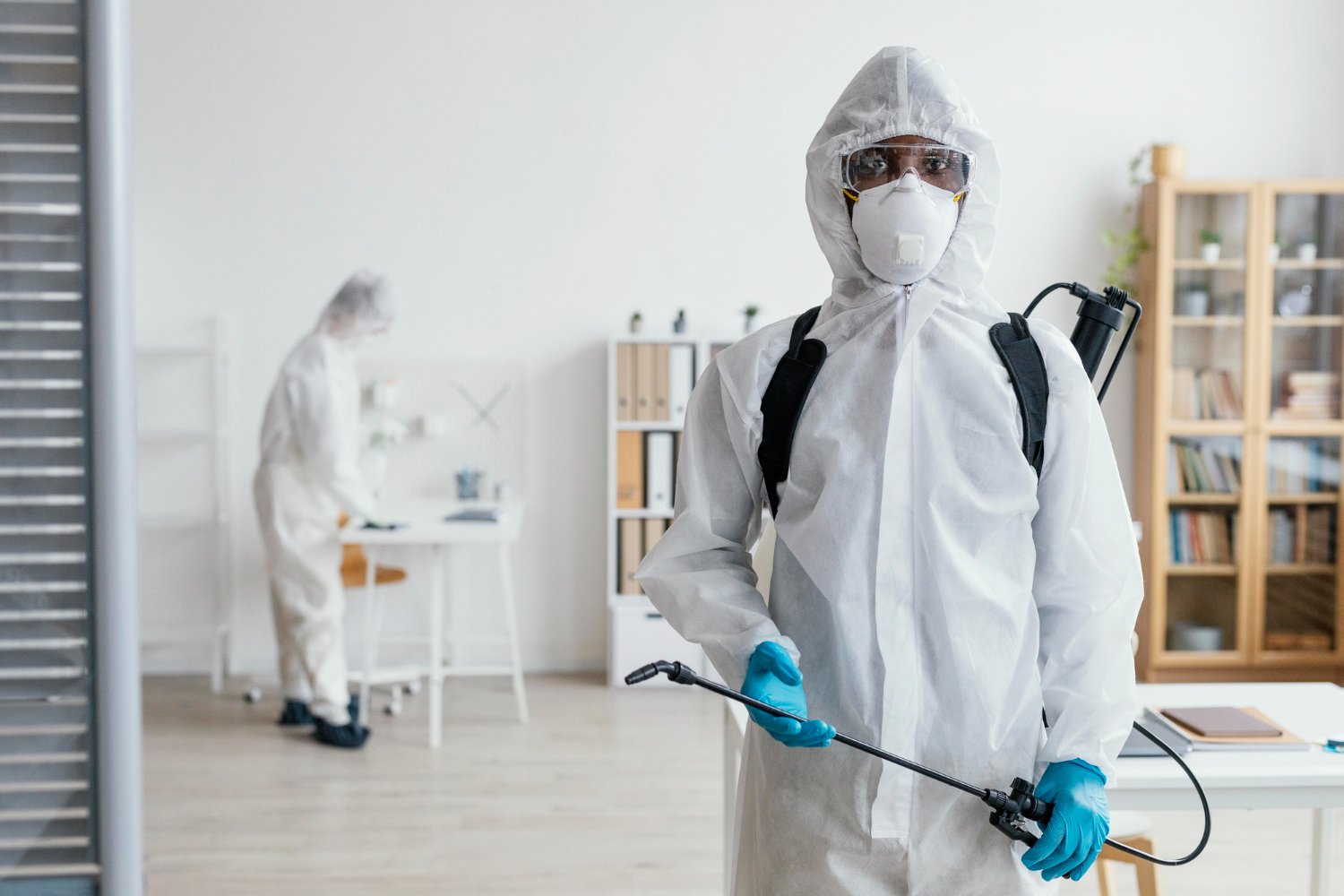Bed Insect Therapy Failure: Contrasting Chemical Vs. Non-Chemical Solutions
In the realm of insect control, specifically when managing the persistent issue of bed bugs, the selection in between chemical and non-chemical treatment remedies can be an essential one. Both strategies offer distinctive advantages and downsides, influencing variables such as effectiveness, security considerations, and total expense. By analyzing the nuanced details of each approach, a more clear understanding of which path to go after in attending to a bed pest infestation can be attained.
Efficiency of Chemical Treatments
Chemical therapies for bed insect invasions have actually been commonly acknowledged for their fast and potent efficiency in getting rid of these parasites. When taking into consideration the efficiency of chemical therapies, it is essential to understand that they can give a extensive and fast solution to a bed pest issue.
Additionally, chemical treatments have the benefit of using residual results, suggesting that they can remain to get rid of bed pests also after the preliminary application. This residual activity is especially beneficial in combating any possible re-infestations. Furthermore, the rapid action of chemical treatments can bring relief to people dealing with severe bed insect invasions, allowing them to gain back control of their home promptly.
Security Interest In Chemical Solutions
One critical facet that requires careful consideration when making use of chemical services for bed insect treatment is making certain the safety and security of owners and the atmosphere. Exposure to particular chemicals made use of in bed pest treatments can lead to breathing issues, skin irritation, or other adverse reactions, particularly in individuals with pre-existing conditions or sensitivities.
In addition, the ecological effect of chemical solutions is an additional considerable consideration. Some pesticides used in bed bug treatments might be hazardous to useful bugs, wildlife, and ecosystems if they leach right into the soil or water systems. It is necessary to make use of chemical treatments carefully, adhering to security guidelines, and taking into consideration much less toxic options to reduce these risks and make certain the risk-free and effective management of bed pest problems.
Advantages of Non-Chemical Approaches
Considering the prospective safety problems and environmental impact linked with chemical remedies for bed insect therapy, checking out non-chemical approaches provides an appealing choice with numerous distinct benefits. Non-chemical approaches use a safer choice for families, particularly those with children, family pets, or people conscious extreme chemicals. These techniques eliminate the risks of direct exposure to toxic compounds, lowering the potential for negative health and wellness effects. Moreover, non-chemical therapies are eco-friendly, as they do not add to air or water contamination, making them a lasting choice for bug control.
Additionally, go to my blog non-chemical options can be reliable in targeting bed insects, consisting of hard-to-reach locations where chemical therapies may not penetrate. Techniques such as warm treatment, vacuuming, heavy steam cleansing, and mattress encasements provide comprehensive elimination without the use of unsafe chemicals. Moreover, non-chemical techniques can be less disruptive, calling for minimal preparation and enabling quicker reentry into dealt with locations. Overall, choosing non-chemical bed bug treatment methods not just Homepage focuses on safety and ecological security but additionally ensures thorough and effective pest control.
Limitations of Non-Chemical Treatments

Furthermore, non-chemical treatments frequently need numerous applications to achieve effective elimination. This can be taxing and may not constantly ensure total elimination of all bed insects and their eggs, especially in concealed or hard-to-reach places.
Moreover, the success of non-chemical therapies heavily depends on proper application and thoroughness, which can be testing for individuals without expert know-how. Poor application of non-chemical approaches might cause insufficient obliteration, leading to persistent infestations and the need for additional therapies.
Therefore, while non-chemical therapies have their benefits, it is necessary to recognize these restrictions and consider them when figuring out the most reliable approach for handling bed pest invasions.
Price Comparison: Chemical Vs. Non-Chemical Options
Offered the restrictions linked with non-chemical treatments, an important facet to assess in the context of bed pest monitoring is the expense contrast in between chemical and non-chemical alternatives. In contrast, non-chemical therapies like warm treatment or steam can be much more pricey, with costs ranging from $1,000 to $6,000 for an entire Check Out Your URL home. While the first price of chemical therapies might seem lower, several treatments may be required to completely get rid of the problem, potentially boosting the total price.
Verdict

Considering the possible security problems and ecological impact associated with chemical remedies for bed pest therapy, discovering non-chemical approaches provides a promising alternative with numerous unique advantages.Given the constraints connected with non-chemical treatments, a necessary facet to review in the context of bed insect administration is the cost comparison between chemical and non-chemical choices. In contrast, non-chemical therapies like warmth therapy or steam can be more costly, with expenses ranging from $1,000 to $6,000 for a whole home. While the first expense of chemical treatments may appear reduced, multiple therapies may be called for to fully get rid of the problem, potentially boosting the total price.In final thought, when comparing chemical and non-chemical bed bug treatment options, it is important to consider performance, safety, benefits, restrictions, and cost.